🚨 SPOILER WARNING
This page contains the final **answer** and the complete **solution** to today's NYT Pips puzzle. If you haven't attempted the puzzle yet and want to try solving it yourself first, now's your chance!
Click here to play today's official NYT Pips game first.
Want hints instead? Scroll down for progressive clues that won't spoil the fun.
🎲 Today's Puzzle Overview
Start your Tuesday, November 26, 2025, with a trio of freshly crafted Pips NYT puzzles—each one shaped with deliberate structure and editorial clarity by Ian Livengood.
Today’s lineup brings a smooth difficulty curve: Easy #367 by Ian himself, followed by Medium #368 and Hard #369, both designed by the always-inventive Rodolfo Kurchan.
Across all three grids, you’ll find the kind of logical architecture puzzle solvers love discussing: compact sum-regions that reward early deductions, equals-clusters that tighten the solution space, and positional constraints that act like built-in Pips Hints guiding you toward the next forced placement.
Medium and Hard, in particular, showcase Rodolfo’s signature layering—subtle pip-economy pressure, narrow value windows, and region interlocks that create satisfying “click” moments when everything falls into place.
So grab your coffee, ping your favorite puzzle partner, and jump into the mix.
Whether you're comparing how you broke down those early constraint chains, sharing a Pips Hint that unlocked the grid, or posting your final solution path, November 26 delivers a full day of community-friendly logic exploration—and plenty of bragging rights for whoever solves the Hard grid first.
Written by July
Puzzle Analyst – Mark
💡 Progressive Hints
Try these hints one at a time. Each hint becomes more specific to help you solve it yourself!
🎨 Pips Solver
Click a domino to place it on the board. You can also click the board, and the correct domino will appear.
✅ Final Answer & Complete Solution For Hard Level
The key to solving today's hard puzzle was identifying the placement for the critical dominoes highlighted in the starting grid. Once those were in place, the rest of the puzzle could be solved logically. See the final grid below to compare your solution.
Starting Position & Key First Steps
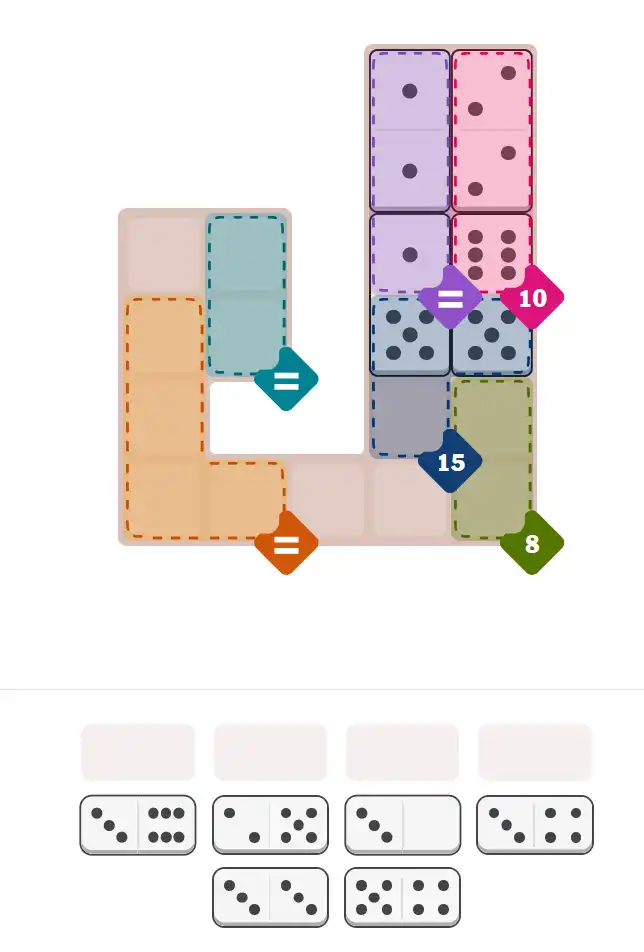
This image shows the initial puzzle grid for the hard level, with a few critical first placements highlighted.
Final Answer: The Solved Grid for Hard Mode
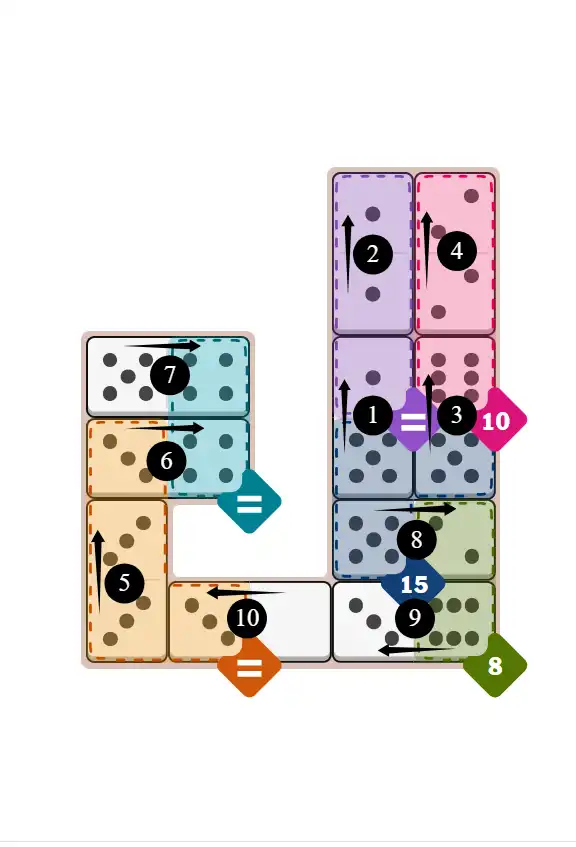
Compare this final grid with your own solution to see the correct placement of all dominoes.
🔧 Step-by-Step Answer Walkthrough For Easy Level
🔧 Step-by-Step Answer Walkthrough For Medium Level
🔧 Step-by-Step Answer Walkthrough For Hard Level
🎥 Catch a razor-sharp logic hint for today’s Pips NYT puzzle (November 26 2025)
Watch the moment one decisive domino placement unlocks the entire region flow.
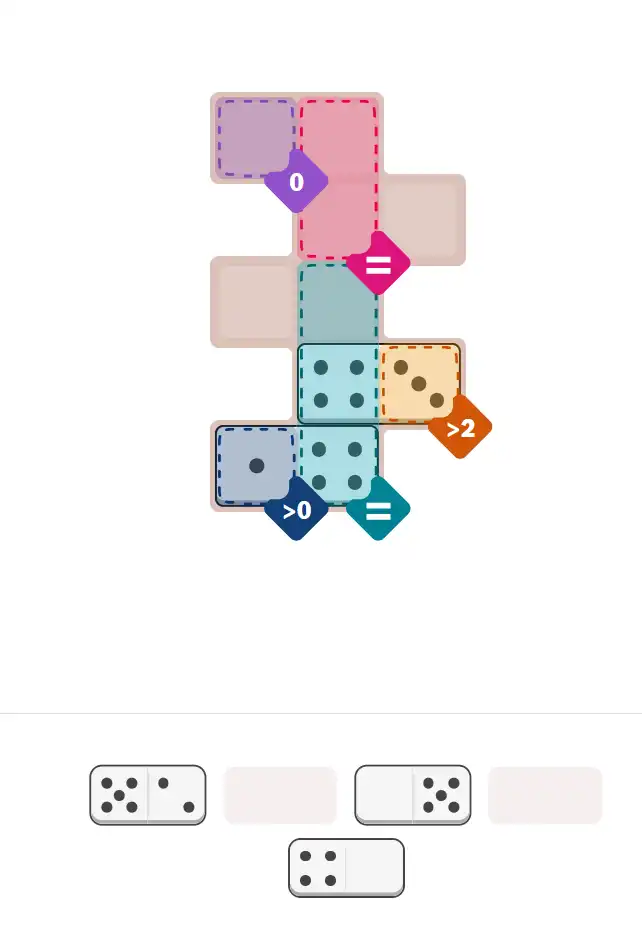
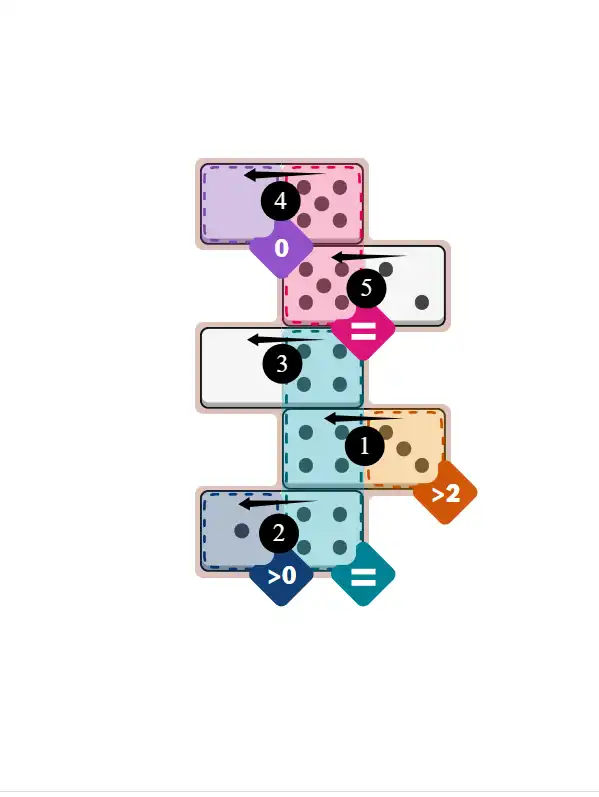
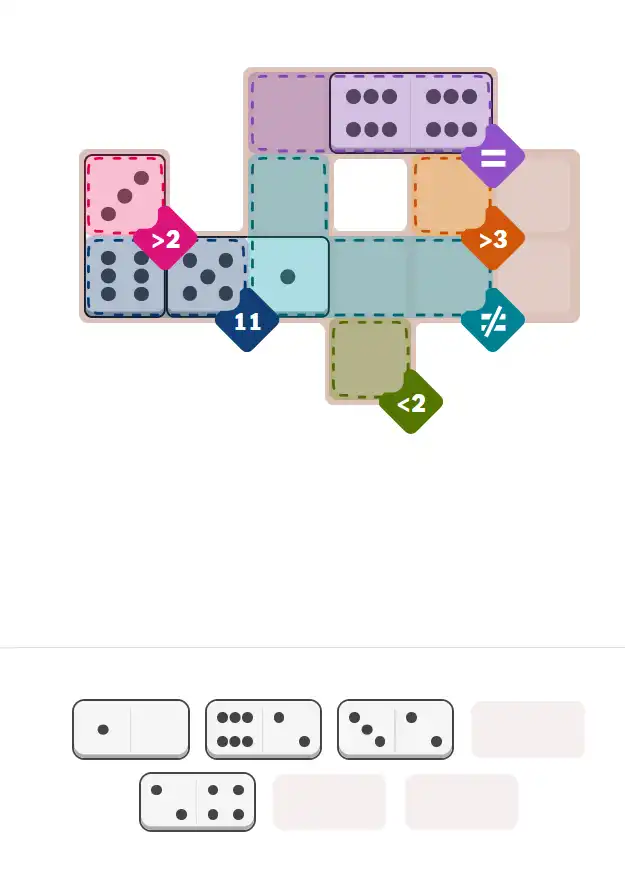

💬 Community Discussion
Leave your comment